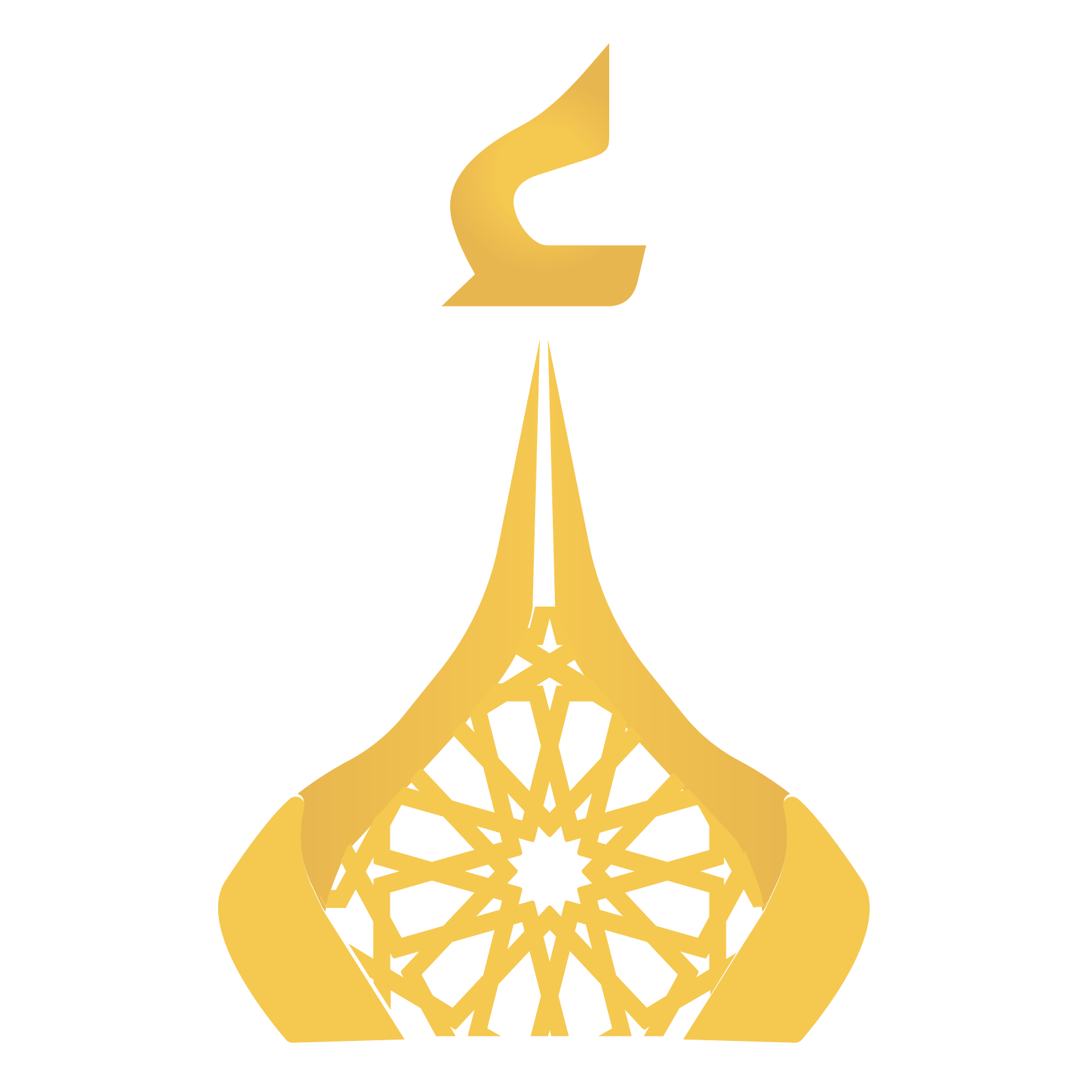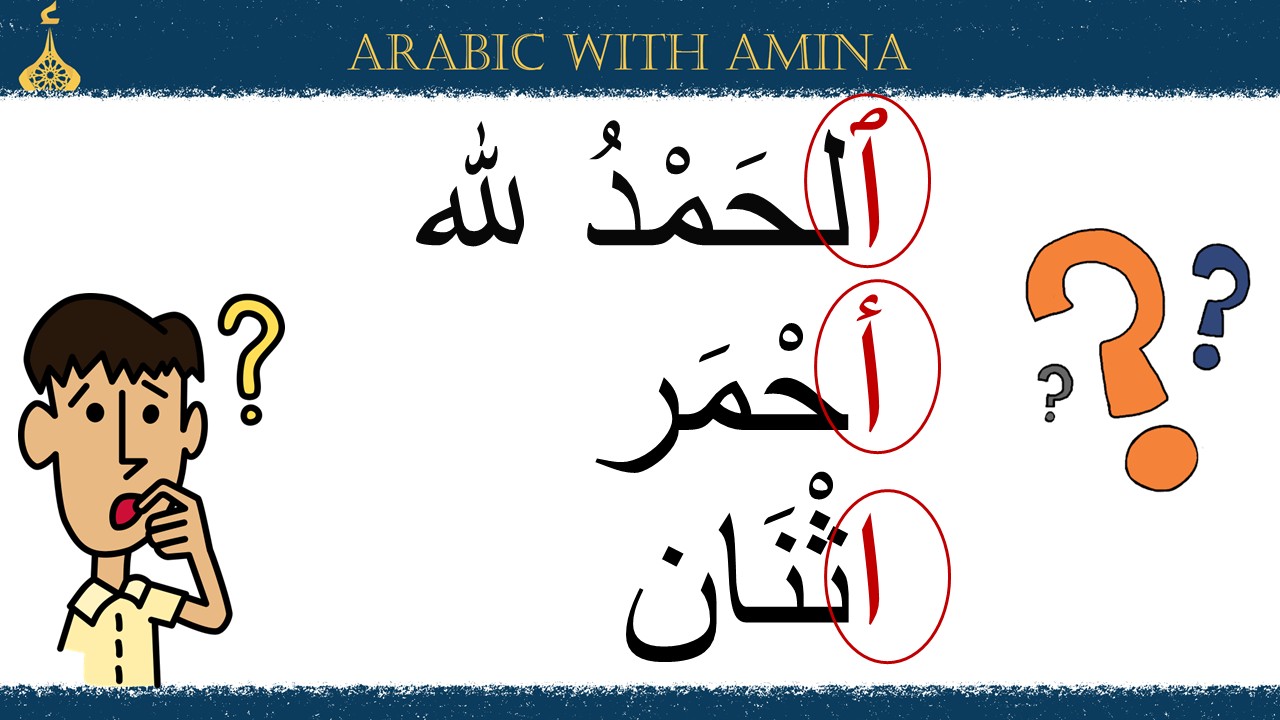If you’ve ever wondered why sometimes Arabic words start with “alif” that looks different or is sometimes pronounced and sometimes not — this lesson is for you!
In this video (embedded below), we cover:
- What Hamza actually is
- The two types of Hamza at the beginning of words
- Tips to help you recognize and use each correctly
When a word begins with alif, you’ll sometimes see a hamza (ء) written on it — and sometimes not. In this lesson, we break down exactly when to write the hamza, and when to leave it out.
Hamzat al-Waṣl (همزة الوصل)
Hamzat al-Waṣl (ٱ) is a special type of hamza that is only pronounced when starting from the word itself and the little hamza is NOT written on the letter alif. If you’re connecting from a previous word, it disappears in pronunciation.
You’ll find it in:
- The definite article “al” (e.g., al-kitab الكتاب)
- Imperative verbs
- Some past tense verb forms
- Certain fixed nouns
Hamzat al-Qaṭ’ (همزة القطع)
Hamzat al-Qaṭ’ (أ / إ) is always pronounced and written, no matter where it appears. It’s used in every other case that isn’t one of the four categories above.
Want to a more thorough explanation?
Be sure to watch the full video to hear how both hamzas are used and how to spot them in real Arabic.



